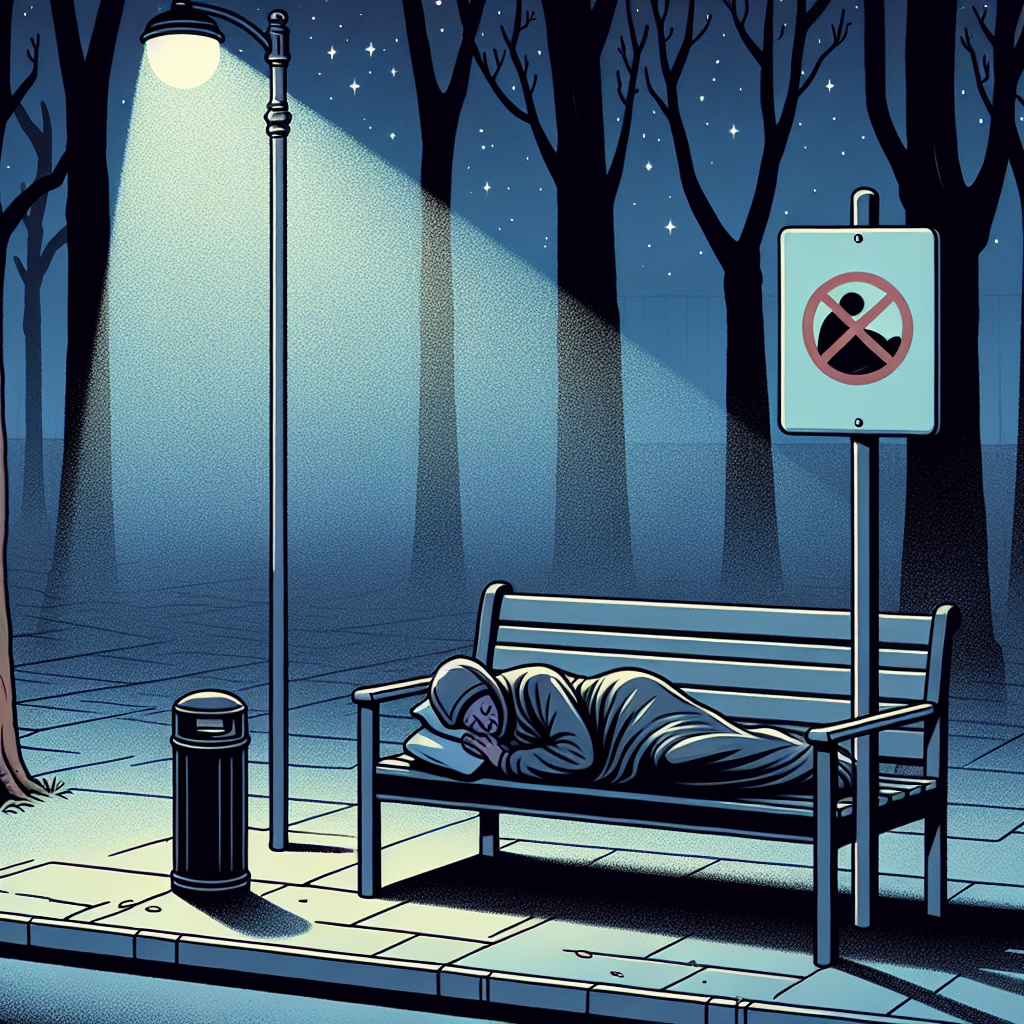Guinea Eliminated Gambiense Sleeping Sickness as a Public Health Problem
The declaration comes just ahead of World Neglected Tropical Diseases Day on January 30, highlighting a major victory in global health efforts against NTDs.

Guinea has officially eliminated the gambiense form of human African trypanosomiasis (HAT), also known as sleeping sickness, as a public health problem, the World Health Organization (WHO) announced. This marks a significant public health achievement, making sleeping sickness the first neglected tropical disease (NTD) to be eliminated in the country. The declaration comes just ahead of World Neglected Tropical Diseases Day on January 30, highlighting a major victory in global health efforts against NTDs.
A Major Step in Global Health Progress
“Today’s announcement is both a testament to the global progress against neglected tropical diseases and a beacon of hope for nations still battling human African trypanosomiasis,” stated Dr. Tedros Adhanom Ghebreyesus, WHO Director-General.
Sleeping sickness is a vector-borne parasitic disease transmitted by infected tsetse flies. It initially presents with fever, headaches, and joint pain but can advance to severe neurological symptoms, including confusion, sleep disturbances, and behavioral changes. If untreated, the disease is often fatal.
Strategic Investments and Partnerships Drive Success
The resurgence of HAT in the 1990s was largely due to increased human activity in Guinea’s mangrove regions, driven by economic and population growth in the capital, Conakry. Recognizing the urgent need for intervention, Guinea’s Ministry of Health and Public Hygiene launched the National Programme for the Control of HAT in 2002. This initiative, supported by WHO, the Institut de Recherche pour le Développement (IRD), and later by organizations such as the Drugs for Neglected Diseases Initiative (DNDi) and the Institut Pasteur de Guinée, played a pivotal role in reducing cases.
Key interventions included mass medical screenings, early diagnosis, and treatment, ensuring that cases were swiftly identified and managed. In 2012, the programme introduced vector control strategies, initially targeting the Boffa-East area. By 2016, these measures had expanded nationwide, with nearly 15,000 impregnated mini-screens deployed annually to lure and kill tsetse flies.
Overcoming Challenges: Ebola and COVID-19
Guinea’s progress faced severe setbacks during the Ebola outbreak (2013-2015) and the COVID-19 pandemic (2020). Medical activities were temporarily suspended during the Ebola crisis, leading to a resurgence of HAT cases. The COVID-19 pandemic further disrupted operations, but health officials adapted quickly by implementing door-to-door screenings, ensuring continued disease control efforts.
Community involvement played a crucial role in overcoming these challenges. By engaging local populations, authorities ensured that interventions were culturally appropriate and widely accepted. Advances in diagnostic techniques, improved treatment accessibility, and consistent support from WHO and international partners strengthened the programme’s impact.
As a result of these efforts, Guinea successfully reduced the number of HAT cases to below the WHO threshold of 1 case per 10,000 inhabitants in all endemic areas. This milestone officially validates the country’s elimination of sleeping sickness as a public health problem.
Recognition and Future Commitment
“The elimination of sleeping sickness is the result of many years of effort by the Guinean government, its partners, and communities in the overall context of the national policy to combat all neglected tropical diseases,” said Dr. Oumar Diouhé BAH, Guinea's Minister of Health and Public Hygiene.
Dr. Matshidiso Moeti, WHO Regional Director for Africa, praised the achievement, stating, “The elimination of human African trypanosomiasis by Guinea is a significant public health achievement. Vulnerable families and communities can now live free of the threat posed by this potentially fatal disease. I congratulate the government, health workers, partners, and communities for this crucial milestone. WHO remains committed to supporting countries to eliminate human African trypanosomiasis and other neglected tropical diseases in Africa.”
Global Progress in HAT Elimination
Guinea joins a growing list of nations that have successfully eliminated the gambiense form of HAT. WHO has previously validated Togo (2020), Benin (2021), Côte d’Ivoire (2021), Uganda (2022), Equatorial Guinea (2022), Ghana (2023), and Chad (2024) for achieving this goal. Additionally, Rwanda became the first country to eliminate the rhodesiense form of the disease as a public health problem in 2022.
The fight against sleeping sickness continues, with WHO and its partners working to eliminate the disease entirely. The success in Guinea serves as a model for other nations striving to eliminate NTDs and protect vulnerable communities from these debilitating conditions.










